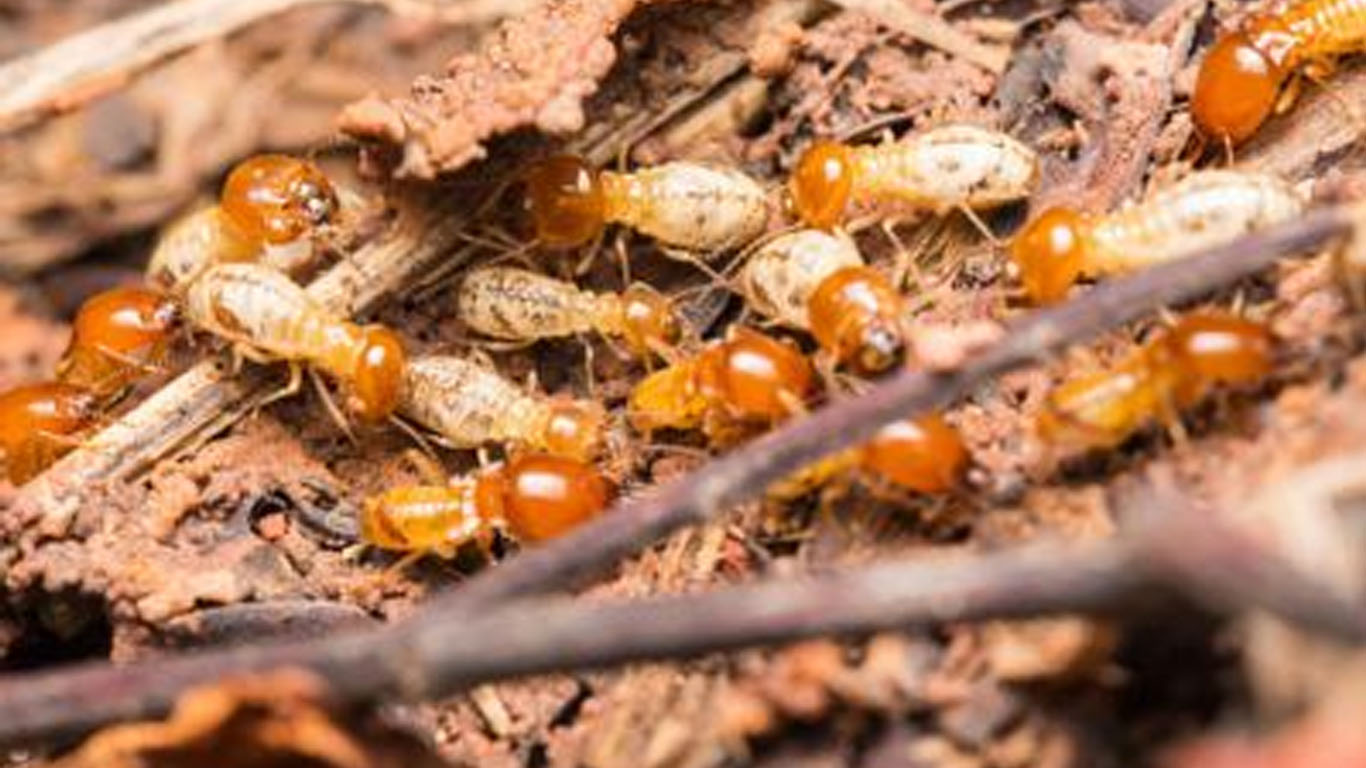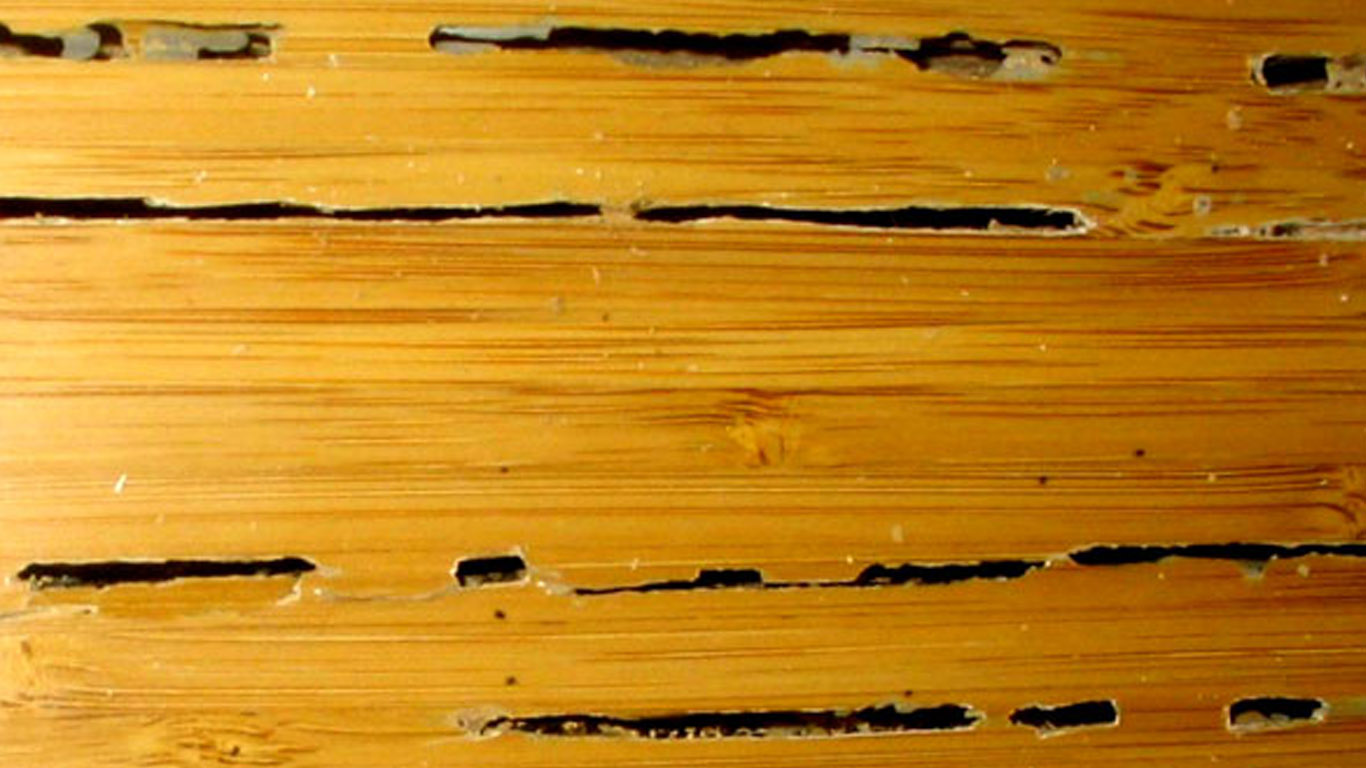
Are termites a threat to WPC decking?
Termites are one of the most annoying critters in every home, and they are natural enemies of wood and all wooden products. Thinking of termites slowly eating away at the house or floor you spent so much time and money building can be painful. It takes a huge price to completely eradicate termites, so we might as well find out whether the materials we are going to use can resist termites before we start construction.
So, can WPC decking completely resist the threat of termites? The answer is controversial. Under normal circumstances, termites will not eat WPC decking. Because WPC decking is a man-made material, it is a composite material made of wood fiber and plastic plus various additives. Compared with traditional wood and wood products, WPC decking is much less attractive to termites. However, in some areas where termites are heavily infested, this situation is still unavoidable. Before diving into this issue, we first need to understand our enemy.

Decking eaten by termites
What are termites?
Termites are a group of detritophagous eusocial insects which consume a wide variety of decaying plant material, generally in the form of wood, leaf litter, and soil humus. Some species of termites make their homes in soil, while others prefer to build nests in dry wood (such as the walls of a house) or damp wood (such as rotting logs).
Termites usually live in tropical and subtropical regions where they like warmth and humidity. At this time, maybe you will be glad that I am Canadian, and my country is located in a cold area, which can keep me away from these nasty little things. But unfortunately, except for Alaska, there are reports of termites found in other parts of the world, but there are fewer termite species in temperate and cold regions, and the diversity of termites in tropical and subtropical regions is much higher.
Termites are a global problem. Whether you live in frigid Scandinavia or scorching Amazon rainforest, you can't avoid dealing with these little guys. But don't be too scared, termites usually don't attack humans, they are only interested in your furniture, house and floors.

Termites
Will termites eat WPC decking?
So, will termites eat the WPC floor? The answer is controversial. WPC flooring is made of wood fiber, plastic and some additives. During its production process, after many times of high temperature and fusion, the finished product no longer has some wood properties, and the plastic and additives are not there. The diet of termites is heavy, so WPC flooring is not attractive to termites. However, this situation is still unavoidable in some areas where termites are severely infested (such as Southeast Asia and Africa).
Although this situation is difficult to control, we still summarize some factors that will affect termite erosion of WPC flooring and how to change them based on customer feedback and research:
1、The termite erosion of wood-plastic floor also depends on the specific structure and material of the floor.
If the wood fiber component of the wood-plastic floor is subject to termite food preferences, termites may eat and attack these parts. Termites are a group of picky pests, and they are very picky about the choice of wood. I don't like hard wood such as mahogany, iron wood, red toon, sassafras, black grid, and jujube, but I like soft wood such as masson pine, sweetgum, willow, and poplar. Therefore, if you are more worried about termites, you also need to ask about its composition before buying WPC decking.
2. Damage to the floor structure or wrong installation methods can also lead to termite erosion.
If the structure of a laminate floor is damaged or defective, there is still a chance that termites can attack its interior. For example, if the edges of the floor are not sealed properly or if there are cracks, termites may enter the interior of the floor through these entry points and begin to attack the wood material. In addition, the wrong installation method will greatly increase the probability of termite erosion. Before laying wooden floors, you need to lay keels on the floor. If the WPC floor is in direct contact with the soil, it may attract underground termites, causing damage to nearby structures. In case of damage, before laying the floor, it is necessary to make an overhead layer. Some families often ignore this step for convenience or cost savings. Solid WPC keel or steel structure keel can effectively alleviate this problem.

Lay the keel before laying the floor
How to judge whether your WPC decking has been corroded by termites?
Due to their annoying habits, termites like to build their nests on the floor or inside of furniture, and then eat from the inside to the outside. So, it's usually hard to tell until the floor is completely destroyed. By the time you can find out, it's too late, and most of your floors have been destroyed by termites.
But we are not helpless, the following measures can help you find out whether the WPC floor has been corroded by termites as soon as possible:
Visual Inspection: Carefully inspect the surface of the WPC floor, looking for any visible cracks, dents, scuffs or other damage. Pay special attention to the edges and joints of the floor, as these areas are more susceptible to damage.

Floors damaged by termites
Thumb Test: Gently press your thumb against the floor surface to check for signs of looseness, bending, or lack of elasticity. Under normal circumstances, the WPC floor should be stable and have no obvious deformation.
Touch check: Run your hands lightly over the floor surface to check for any dents, bumps or unevenness. This could be a sign of damage to the material underneath the floor.
Check floor edges: Check floor edges and joints for nicks, cracks, or looseness. These areas are potential entry points for termites to enter the interior of the floor.
Watch out for odors: If you smell an unusual odor around your floors, it could be a sign of termites or other pests. Termites often emit a distinctive smell, so it is also important to pay attention to changes in the sense of smell.
Pay attention to the sound: nests dug by termites can cause hollow sounds. If you think you might have a termite infestation, you can usually listen for these cavities by tapping the floor with a screwdriver. Floors damaged by termites will squeak or creak due to loose planks moving between or subfloors and supports often being compromised.
Look for other signs: In addition to signs of immediate damage, keep an eye out for termite tunnels, droppings, or other signs. These signs may indicate that termites have entered the area in or near the floor.
What to do if termites are already invading your WPC decking?
What to do if, unfortunately, you didn't read this article sooner, after reading the above methods, you find that you already have signs of termite infestation in your floor. Don't worry too much, there is still a chance to save everything.
Once you determine that termites may be present, you must call a pest control professional as soon as possible. This will help prevent further damage to your home.